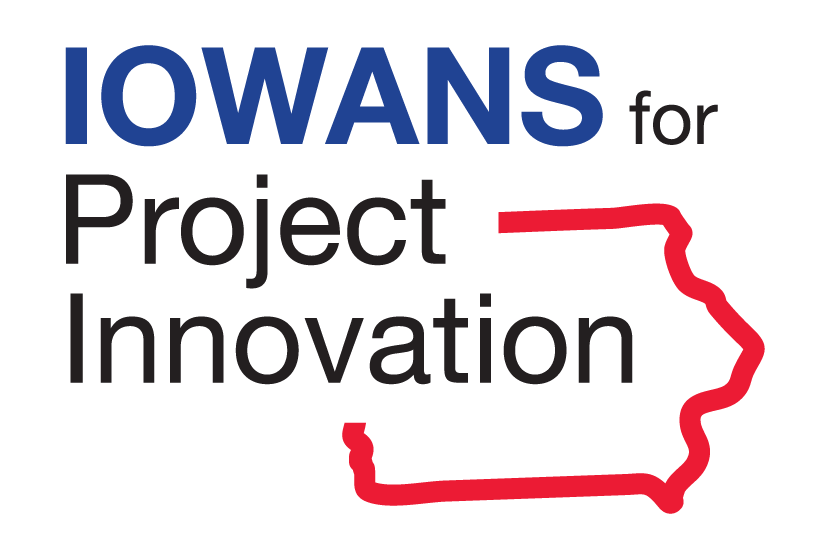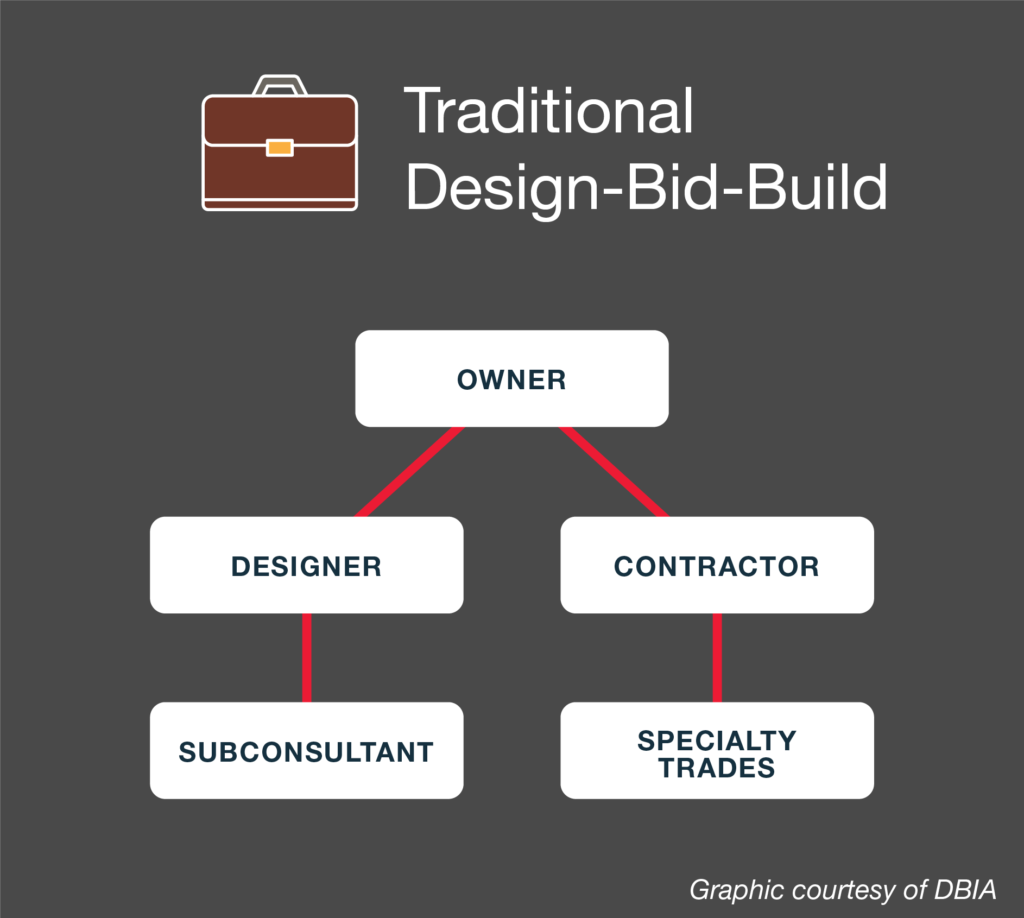
Traditional Design-Bid-Build
In design-bid-build (DBB), the Owner hires an architect who designs the building without engagement with the team ultimately chosen to build the project. Once design is complete, contractors bid for the project usually in a low-bid environment. The Owner must manage two separate contracts which all-too-often creates an adversarial relationship between the designer and the contractor. If something goes wrong or an unforeseen circumstance requires changes, the designer and contractor blame one another for the change orders, cost overruns or schedule changes, often leading to litigation and delays which add to the project cost.
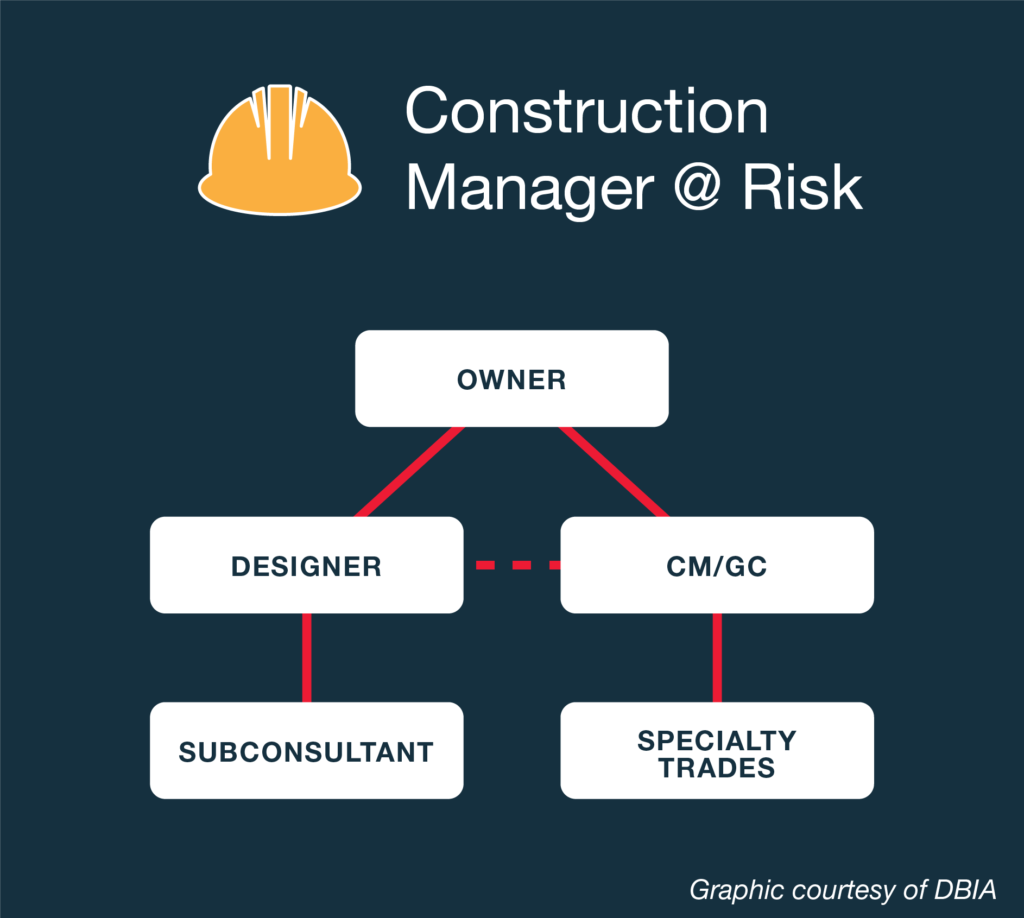
Construction Manager at Risk
With the construction manager at risk (CMAR) delivery method, the Owner first chooses an architect, like a traditional design-bid-build project (DBB). The key difference is that, once the designer is selected (based on qualifications and competence) and the early stages of design are complete, a second contract with a construction manager is initiated. The CMAR firm and designer begin their collaborative relationship while design work completes and have the opportunity to develop a collaborative working relationship on behalf of the Owner earlier in the project.
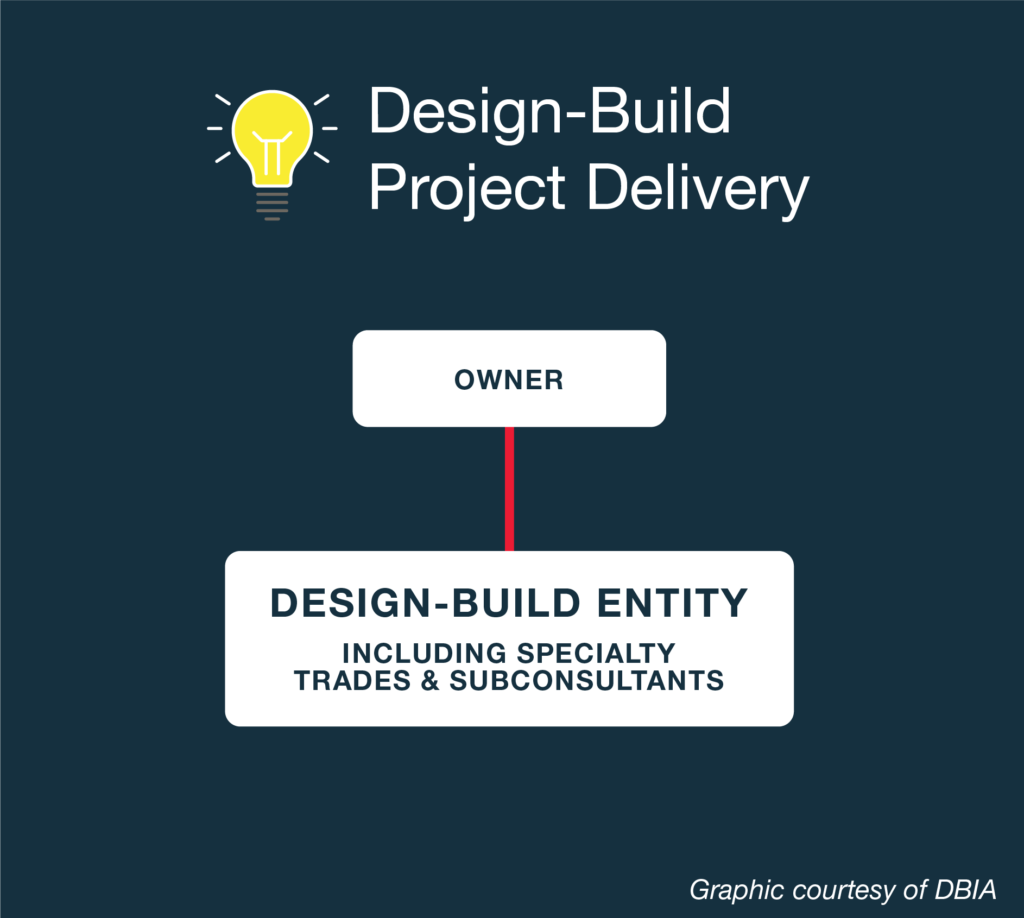
Design-Build
In design-build the Owner manages only one contract with a single point of responsibility. The designer, contractor and key specialty trades work together from the beginning, as a team with the Owner, providing unified project recommendations to fit the Owner’s schedule and budget. The team’s qualifications are a selection factor rather than just who made the lowest bid. Any project changes are addressed by the entire team, leading to collaborative problem-solving and innovation, not excuses or blame-shifting. While single-source contracting is the fundamental difference between design-build and the old ways, equally important is the culture of collaboration inherent in design-build.
Design-build allows more collaboration, returning better results, than either CMAR or DBB.
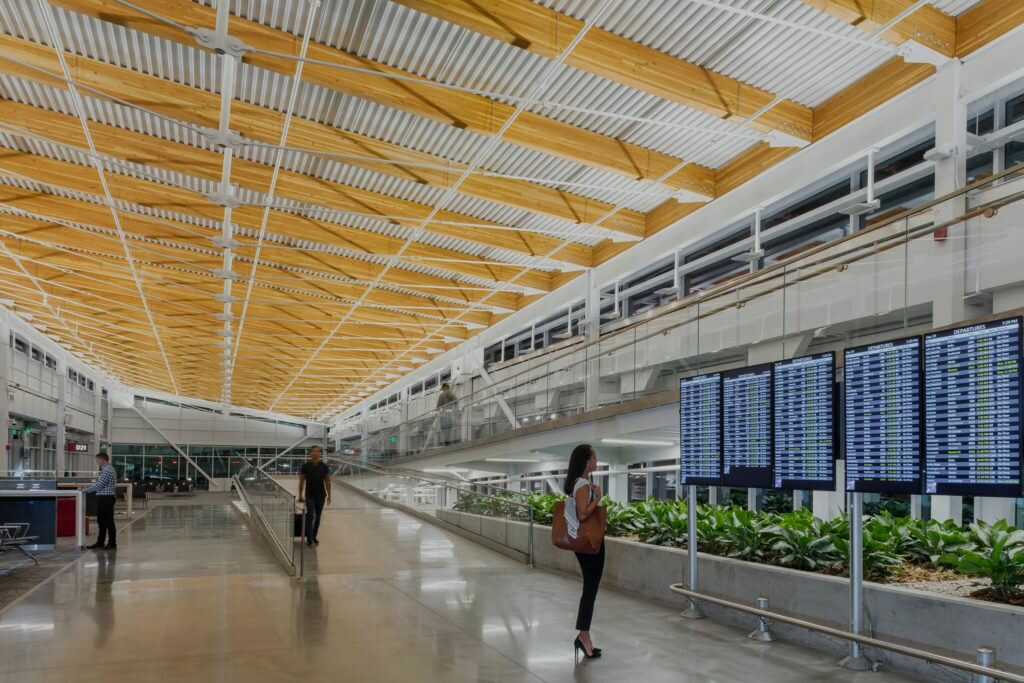
Research Shows Design-Build Delivers Better Projects
The use of alternative project delivery methods like design-build and construction manager at risk has grown rapidly over the decades. In fact, design-build is the fastest growing delivery process in the nation.
More Collaboration = Better Projects
While collaborative projects deliver better results than traditional design-bid build, all APD methods aren’t created equal. The latest project data shows design-build consistently delivers better cost and schedule results for taxpayers than CMAR projects.
Iowa Falls Behind the Rest of the Nation
Iowa is one of only two states that prohibits agencies from using design-build or construction manager at risk to deliver public projects. While the need for improved infrastructure in our communities grows and the dollars to pay for it can’t meet that need, Iowa is stuck in a time warp delivering vital projects the same way it has for generations.
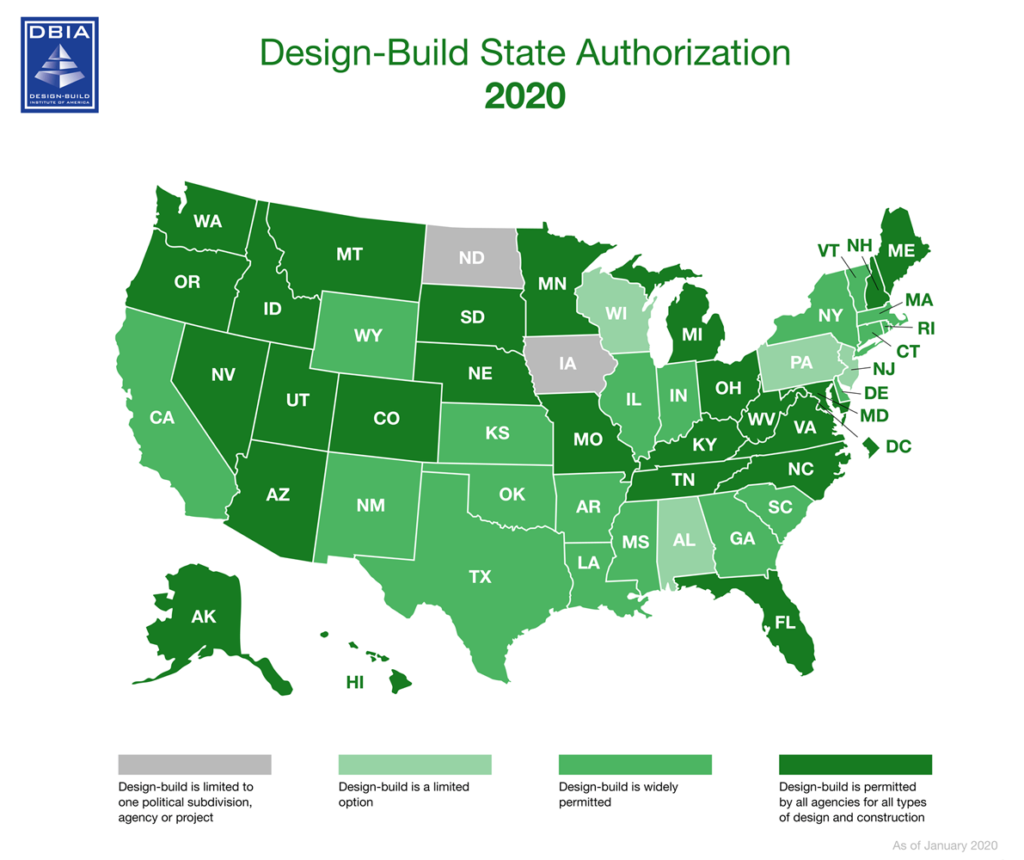
The Truth about APD
There is no one-size-fits-all project delivery method. That’s why our coalition supports legislation allowing Iowa agencies to choose the best delivery method to fit each unique project. By expanding our project options, Iowans can be sure our state is delivering the most cost and schedule efficient projects possible while maximizing every taxpayer dollar.
MYTH: Design-build allows public owners to pick their friends to build projects.
FACT:
Favoritism or patronage is the opposite of best practices. Robust and transparent competition exists for all projects. Design-build allows the consideration of factors beyond just price, such as team qualifications and project innovation. These factors have been proven to drive down cost by ensuring the team is reliable and produces quality work; something that is virtually impossible to decipher from low-bid alone. Collaborative projects consistently delivery best value for taxpayers and superior projects by maximizing the experience and talents of the entire project team.
MYTH: Low-bid provides the best competition when choosing the project team – alternative approaches don’t provide a level playing field for bids.
FACT:
Just the opposite is true. With the low-bid delivery method, the primary factor considered in the competition is price. Design-build, conversely, puts in place a rigorous competition procedure that focuses on price as well as qualifications, experience, technical approach, and other factors. This encourages better competition that allows many qualified firms of all sizes to bid. This competitive selection process is just one reason why alternative delivery processes are ranked the most popular among owners across the nation.
MYTH: Low-bid provides the best value for the taxpayer.
FACT:
Decades of research proves otherwise. Design-build consistently delivers projects more efficiently in both cost and schedule than traditional low-bid delivery. Early involvement of the project team and full collaboration with the public agency means challenges are addressed early, with fewer surprises and finger-pointing that leads to costly schedule delays and litigation. When projects finish on-time and on-budget, taxpayer dollars go further and deliver more.
MYTH: Design-build creates barriers between design professionals and public owners.
FACT:
Successful teams nationwide include designers working collaboratively with owners and builders to deliver exceptional projects. In Iowa, alternative delivery legislation ensures:
- The public owner engages a licensed architect or engineer to be involved in the development of the design criteria and request for proposal;
- Design professional qualifications include a license to practice architecture or engineering;
- There is direct communication between design professionals and public owners;
- The bid includes a plan to share cost savings.
MYTH: Out-of-state companies will take work from Iowa companies.
FACT:
Actually, alternative project delivery is better than low-bid at addressing this fear. In fact, so far, Iowa’s limited design-build projects have only gone to Iowa firms. Traditional large design-bid-build projects will see both in-state and out-of-state contractors submitting ridiculously low bids in order to win the project, then force their sub-contractors (which are often local) to lower their costs so they can meet the low-bid they offered. Because the primary focus is price, there is little incentive to truly collaborate with local firms.
On large collaborative projects, big companies may compete for the job; however, it is most likely that they will form a partnership with local companies that have the local resources to build the project. The result: strong teams that depend on local companies to deliver high-quality projects and support the local economy.


